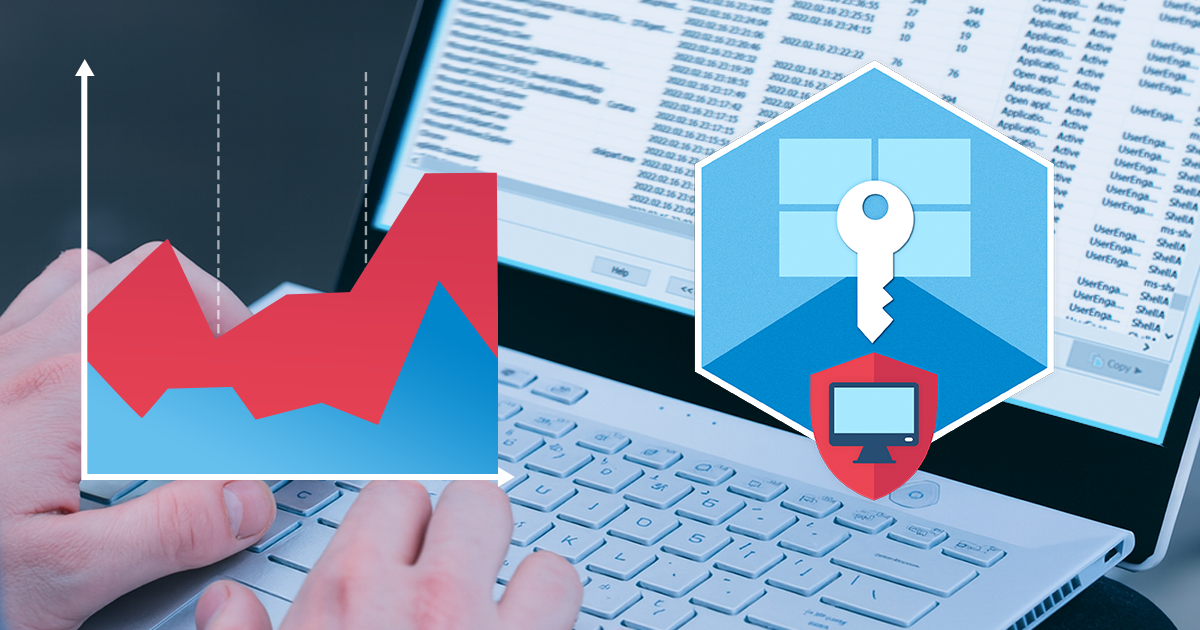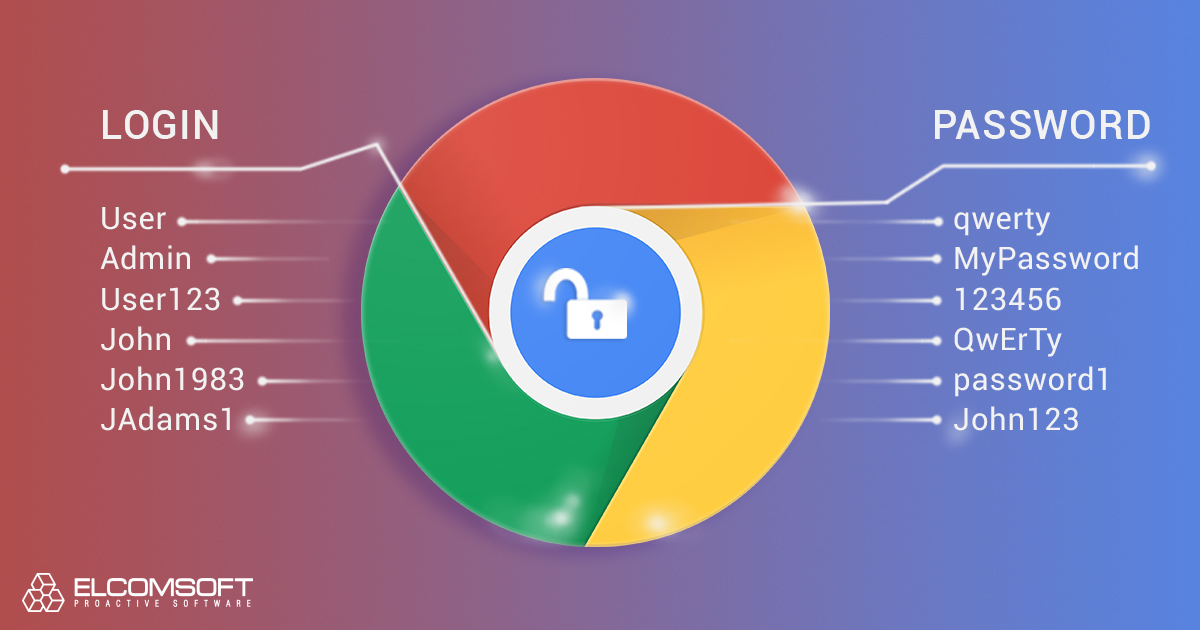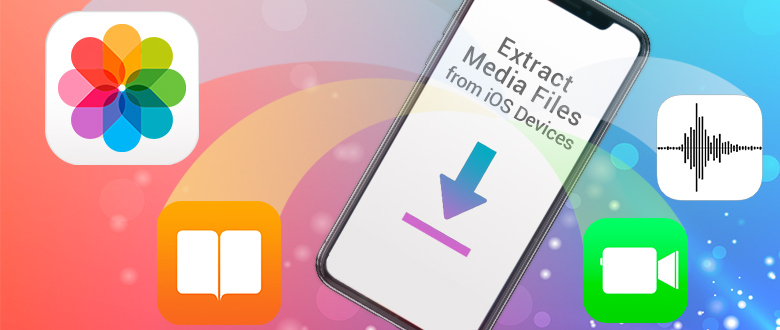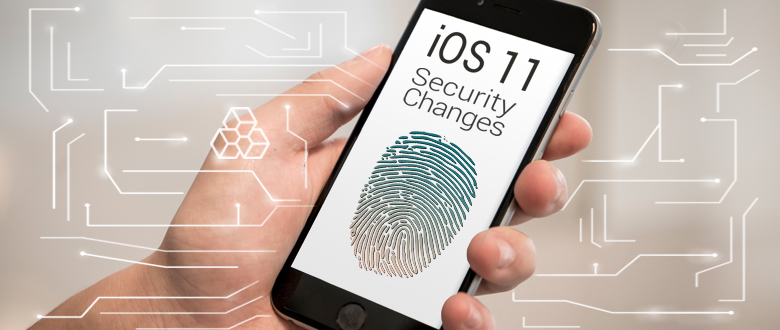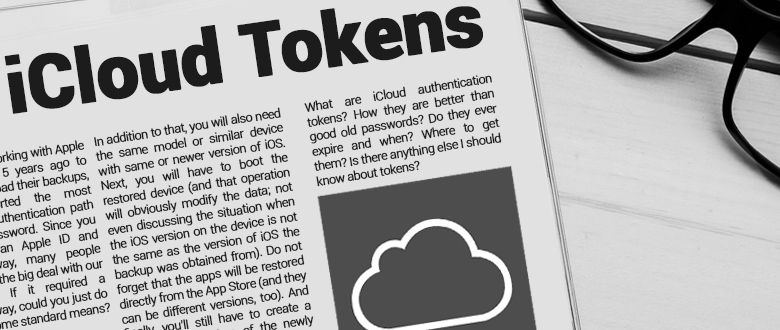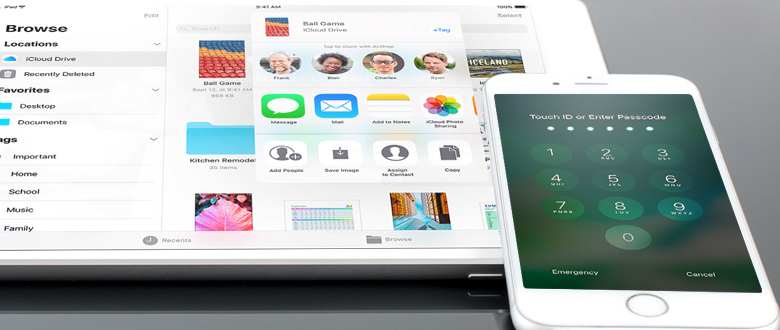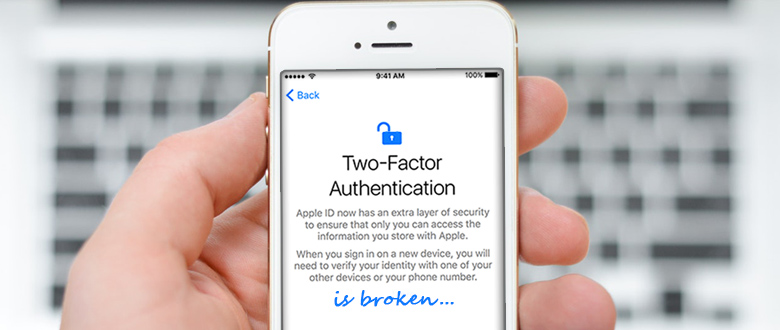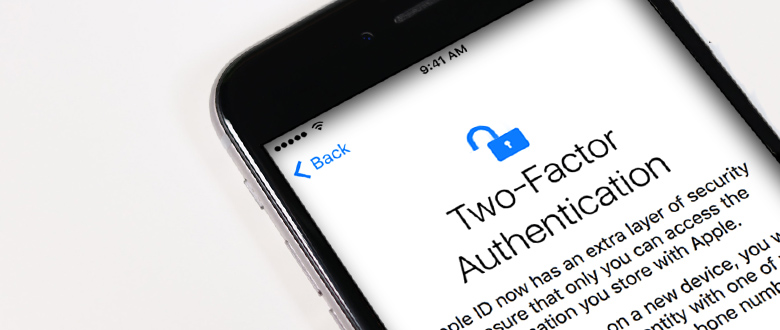January 9th, 2018 by Oleg Afonin
Media files (Camera Roll, pictures and videos, books etc.) are an important part of the content of mobile devices. The ability to quickly extract media files can be essential for an investigation, especially with geotags (location data) saved in EXIF metadata. Pulling pictures and videos from an Android smartphone can be easier than obtaining the rest of the data. At the same time, media extraction from iOS devices, while not impossible, is not the easiest nor the most obvious process. Let’s have a look at tools and techniques you can use to extract media files from unlocked and locked iOS devices.
Read the rest of this entry »
